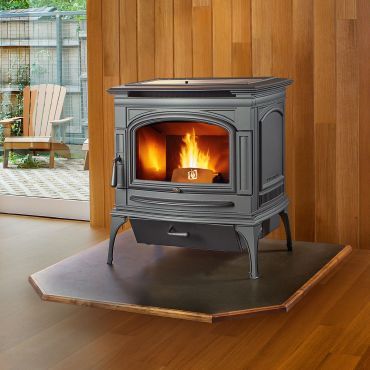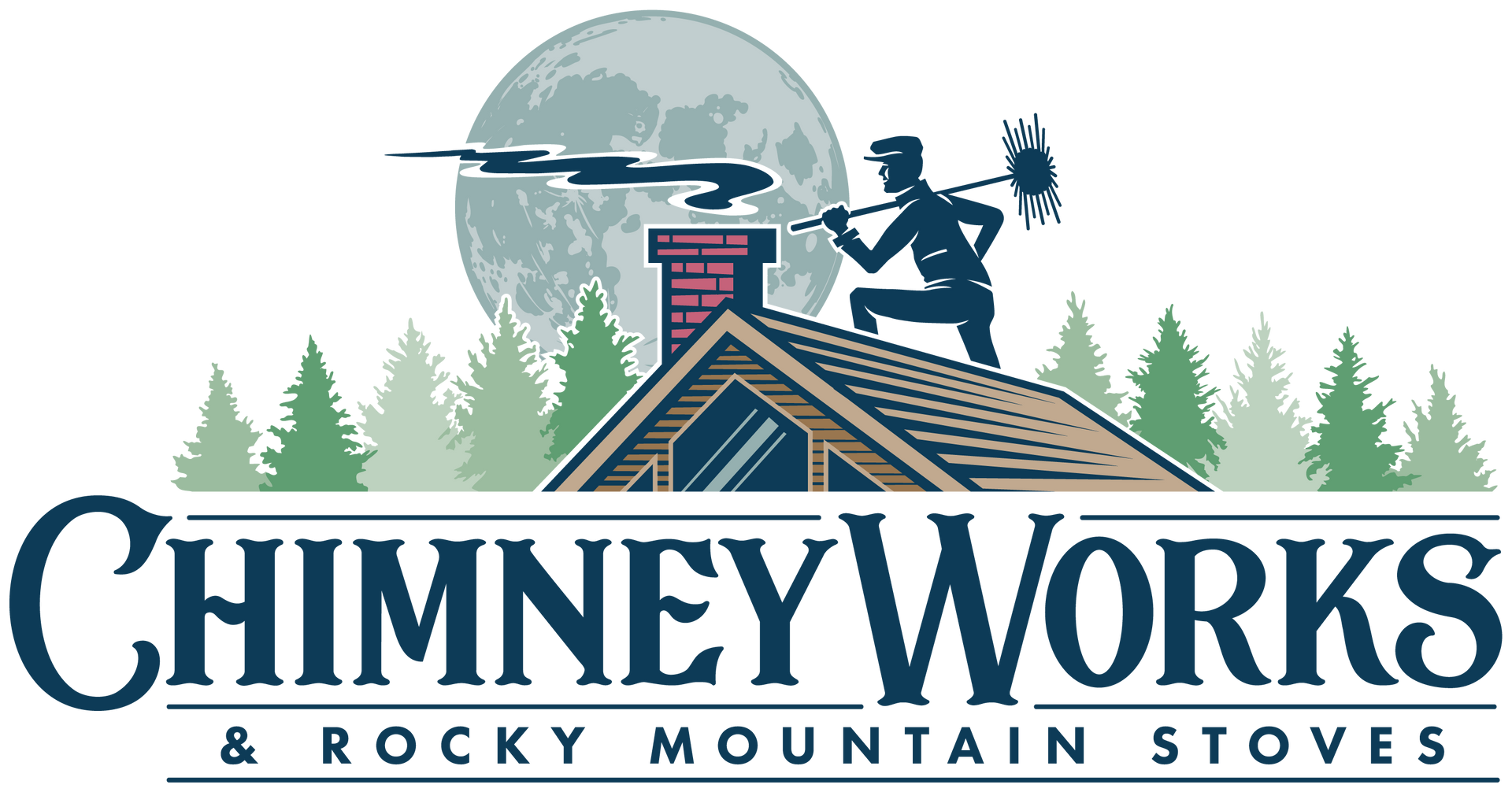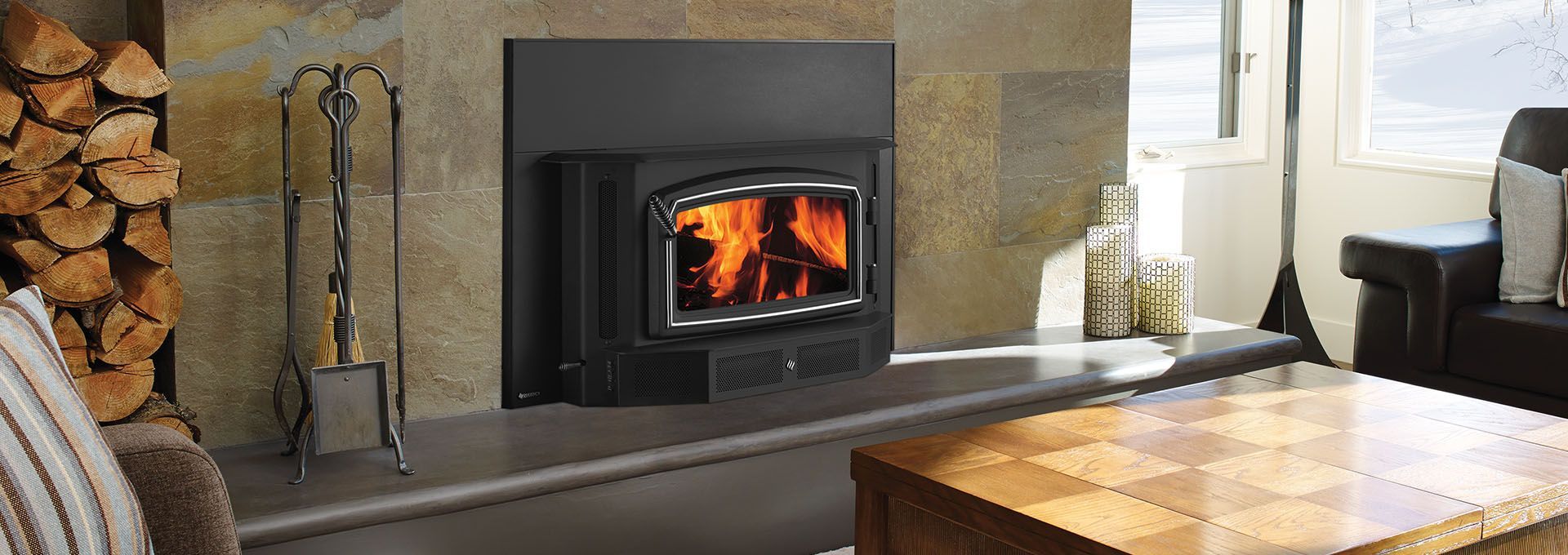Buyer’s Guide: Pellet Stoves

Do you want the look and feel of real wood heat but don’t have access to fire wood? A pellet stove may be right for you.
What is a Pellet Stove?
A pellet stove burns small pellets made of compressed wood. Pellet stoves can be either freestanding or purchased as a fireplace insert. Pellet stoves typically require electric to activate a mechanism that feeds pellets into the open flame.
How does a pellet stove work?
Pellets are poured in a hopper on or inside the stove. An auger will periodically activate which moves a small number of pellets from the hopper to the burn pot. Once a few pellets are moved into the burn pot, you can start a fire using fire starter gel. Once the fire is going, the auger will continue to drop pellets into the flame, keeping the fire going indefinitely.
All about pellets
Pellets are specially engineered to burn cleaner and longer. Pellets can be purchased online, at big box stores, hardware stores, and farm stores. Pellets typically come in a 40-pound bag and are between $3 and $4 each. Many of our customers report using two tons per year, which can run anywhere from $350 to $500 per year.
Types of pellet stoves
There are two basic models of pellet stoves you are likely to find in the US: Freestanding Pellet Stove and a pellet stove insert. A freestanding pellet stove looks like a traditional wood stove, except it burns pellets instead of firewood. A pellet stove insert is designed to fit inside your fireplace. A shroud typically ensures that there are no unsightly gaps between the insert and your fireplace.
Heat Output
Just like all stoves, heat output ranges based on the size and model of the stove. Some pellet stoves are capable of a 90,000 BTU output.
Ventilation
Unlike their wood stove counterparts, a pellet stove can vent directly outside without a chimney, typically right through the side of a wall. This makes the pellet stove installation much cheaper and more flexible with regards to placement. If you have an existing chimney, you can use that as well provided it has the proper construction or you install a stainless steel liner.
Closing Thoughts
Many of our customers have special circumstances that make pellet stoves a perfect fit for them. As always, consult with your local chimney sweep or stove dealer before making any final decisions.
Pros
- No access to firewood needed
- Burns cleaner and longer than most wood-burning stoves
- Very efficient heat output
- Pellet fuel is available at many nationwide chains
- Does not require a traditional chimney for ventilation
Cons
- Requires electric to run the auger
- Will not work when the power is out
- Pellet fuel costs several hundred dollars per year
The post Buyer’s Guide: Pellet Stoves appeared first on Chimney Works & Rocky Mountain Stoves.
Search the Outpost





